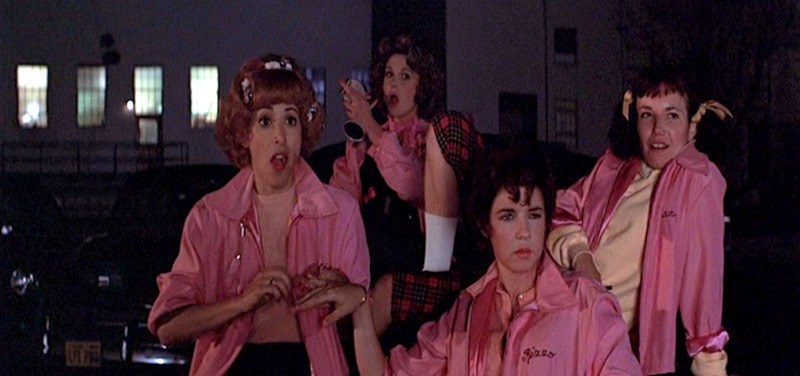Learning color grading is a major part in my plan. First thing first, I need to understand how colors are used in cinema before touching it.
Blue
Blue is widely used in cinema as it is a natural temperature of dim light, which is why it is a apparent choice for sadness or loneliness. It is also a color which is highly representative of cleansing. We will see characters that are going through an emotional transition that take place near the ocean or a swimming pool. Furthermore, blue is often associated with discovery and the infinite. On top of that, filmmakers commonly use blue in night shots where light levels are low and blue highlights can make the object stand out on screen.
Purple
Purple represents royalty and spirituality. It is commonly found in animations more than live action films due to its unusual nature. Purple indicates a gateway into another world, as it creates a distinct contrast between the reality and imagination.
Green
Green represents both life and death at the same time. Green not only ties to growth and lifecycle because of its reoccurrence in nature, but it also make a character look sick. In many instances, it symbolizes the subconscious state that surrounds life’s most pleasant surprises and its greatest mysteries. Just as Leon in The Matrix (1999) was living in a fake world.
Yellow
In both film and advertising, yellow is very popular because of the broader spectrum of light that appears as yellow to human eye. Most of the time, yellow is used to indicate the joy and warmth of a sunny day. However, darker tones may signal an underlying tension as we can see the dominant yellow in Moonlight Kingdom (2012).
Orange
Orange is mostly used as an complimentary color for other colors. I usually see it in shots with the appearance of sunset. In addition, it is a dominant color in sci-fi as characters exploring the cosmos in dusty landscape or as they walking through a dessert. Filmmakers also use orange to signal that a character is flashing back to the past as well as to symbolize youthfulness.
Pink
Pink is perceived as a feminine color since 1930s. Even though pink has a strong relationship with girliness, it is use to address the rebellious characters like the Pink Ladies in Grease (1978). Pink is also widely associated with the emergence of cherry blossoms which represents a time of renewal and transience.
Red
Most of the time, red is the color of violence, of lust and of passion. It suggest or impends that danger is up ahead. In cinema, it is not rare to see an extremely angry “red” character overwhelmed by anger. There are many articles mention about warm color like red make people feel hungry.






